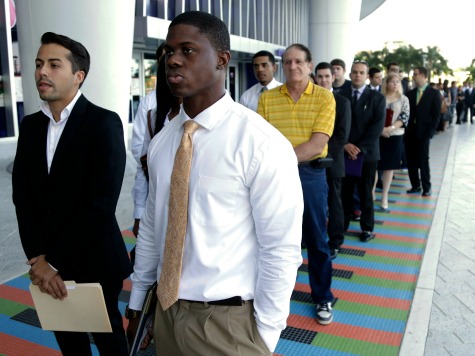
Friday’s December jobs report, showing the economy added just 74k jobs last month was itself a major disappointment. Economists had expected the economy to add around 200k jobs. Looking into the details of the report, however, reveals an even bleaker picture of the labor market. Well over half the jobs added in December, 40k, were in temporary employment.
The biggest sectors to see job growth in December were retail and wholesale trade, in addition to temporary services. Together, these sectors added over 100k jobs, meaning the rest of the economy shed jobs last month. Temporary jobs are obviously just that and don’t provide a solid economic footing for those in the field. Retail and wholesale trade, meanwhile, generally offer compensation at the low-end of the pay scale.
Because the growth in retail employment (+55k) occurred during December, the busiest time of the year for the industry, it is unlikely the sector will be able to sustain this growth in the early months of 2014.
The emerging narrative of the current 4-year old economic “recovery” is troubling. The unemployment rate ticks down, but because frustrated job-seekers are leaving the labor force. The number of adults in the labor force last month is the lowest in more than 3 decades, when Carter was in the White House. Those that do find employment, though, are finding jobs in the generally lower paid areas of the economy. That is not a recipe for anything more than flat growth in the year ahead.
Even this bleak outlook could become worse, though, if Democrats succeed in hiking the minimum, or starting, wage. The areas of the economy most vulnerable to a raise in the starting wage are the very sectors that added the most jobs last month. Raising the minimum wage effectively removes the first rungs of the job ladder.
Most of the job growth has been in lower wage occupations. Even those could be at risk in 2014.

COMMENTS
Please let us know if you're having issues with commenting.